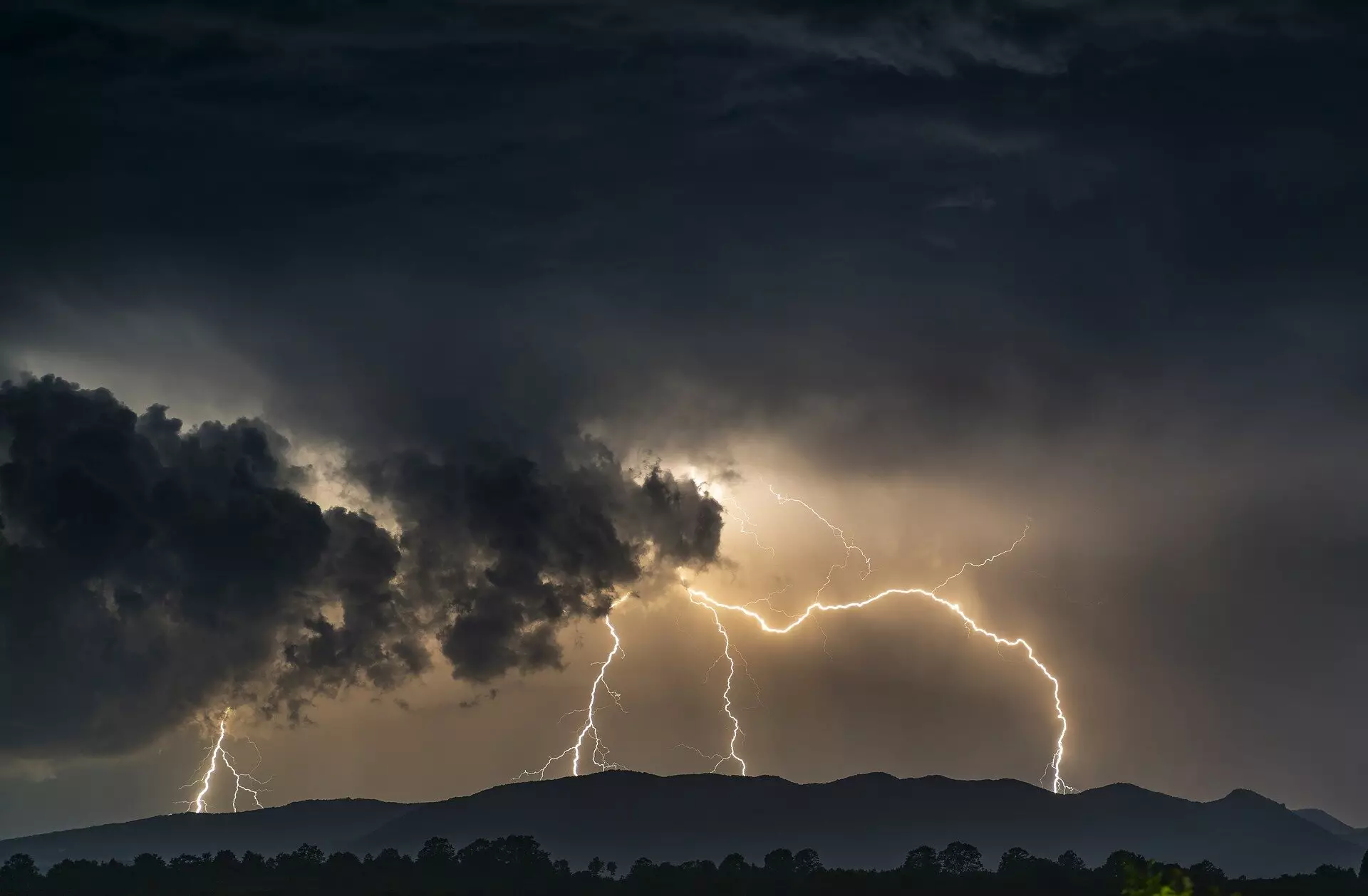California is a land marked by its striking landscapes and diverse ecosystems, but it now faces an urgent environmental crisis: the escalating erosion that follows devastating wildfires. This escalating issue, underscored by recent research from the U.S. Geological Survey, presents serious threats to the state’s water resources and ecological stability while making the challenge of climate change far more pressing. With a notable surge in post-fire hillside erosion documented from the late 1980s through the 2010s, key questions arise about future implications of these phenomena for aquatic life and human communities alike.
A comprehensive study that took a closer look at post-fire erosion trends in Northern California has revealed a tenfold increase in sediment loss due to erosion triggered by wildfires over the past three decades. Researchers have attributed the majority of the largest sediment-producing fires to the last decade alone, providing concrete figures to a problem that has long been speculated upon by ecologists and environmentalists. Notably, the study highlights that erosion rates have been accelerating since 1984, with Northern California bearing the brunt of the impact. Such findings intimate that the relationship between wildfire intensity and post-fire environmental degradation is worsening—setting a nefarious cycle in motion.
As Helen Dow, a research geologist with the USGS and lead author of the study, noted, the quantitative evidence of erosion reinforces the critical nature of the issue. Erosion entails more than just loss of soil; it leads to a cascade of ecological consequences, particularly when heavy rains hit charred hillsides. The ensuing debris flows not only choke rivers and streams but also rob aquatic species—such as fish—of essential oxygen, thereby disrupting ecosystems reliant on these waterways.
One of the more alarming aspects of this increasing erosion is the threat it poses to California’s water security. The research reveals that 57% of post-fire erosion takes place upstream of the state’s reservoirs, which are pivotal to its fragile water system. As sediment from eroded landscapes accumulates in these reservoirs, it depletes storage capacity while simultaneously degrading water quality. Such sediment influx could render current water supplies insufficient, particularly concerning given the state’s ongoing struggle with water scarcity.
Glen Martin, an advocate for water management and spokesperson for the California Water Impact Network, elucidates that California’s water systems are in a precarious state. With wildfires only becoming larger and more frequent due to climate change, the effects of “weather whiplash”—the rapid flip between extreme drought and intense rainfall—further complicate water management practices. Continuous interruption to the already fragile balance will only exacerbate the challenges facing both ecosystems and human communities.
The research encapsulates an “unvirtuous cycle” that intertwines increased wildfire activity with intensified erosion, leading to eventual infrastructure failures and dwindling water supply. Martin emphasized that without adopting robust and comprehensive mitigation strategies, post-fire erosion would likely continue on an upward trajectory. Aside from introducing data to reaffirm the environmental realities, the study aims to guide policymaking concerning fire management and land conservation efforts.
Proactive measures such as fuel control on public and private lands are suggested as essential steps to curtail this cycle. This could involve practices like prescribed burns and mechanical thinning—strategies designed to minimize the intensity of inevitable wildfires. However, implementing such measures is fraught with challenges, requiring time, money, and political will, all of which are in finite supply.
California’s recent history is dotted with examples of the destructive impact that wildfire-induced erosion can have on communities. The 2018 Thomas fire serves as a haunting reminder; a catastrophic mudslide exacerbated by post-fire erosion resulted in loss of life and property in Montecito. Similarly, continuing incidences such as fish die-offs related to sediment influx into waterways suggest profound impacts on biodiversity.
Wildlife conservationists are particularly wary, as highlighted by concerns regarding endangered species. A recent fire incident in Central Valley threatens ecosystems that support vulnerable salmon species. The implications are severe; the persistence of this cycle may push already at-risk populations into further decline.
The urgency underscored by USGS findings necessitates an immediate and concerted effort to address the growing challenges posed by wildfire-induced erosion. Understanding and documenting the scale of the problem is merely the first step; translating this knowledge into actionable strategies for land conservation and robust water management is the next imperative. As California grapples with a multitude of environmental issues, only proactive and informed interventions can hope to stem the tide of this crisis before it spirals beyond recovery.
The complex interplay between wildfire intensity, erosion, and water security highlights the necessity for comprehensive planning and intervention. The choices made today will have irrevocable impacts on the health of California’s ecosystems, the security of its water resources, and the livelihood of its communities.


Leave a Reply